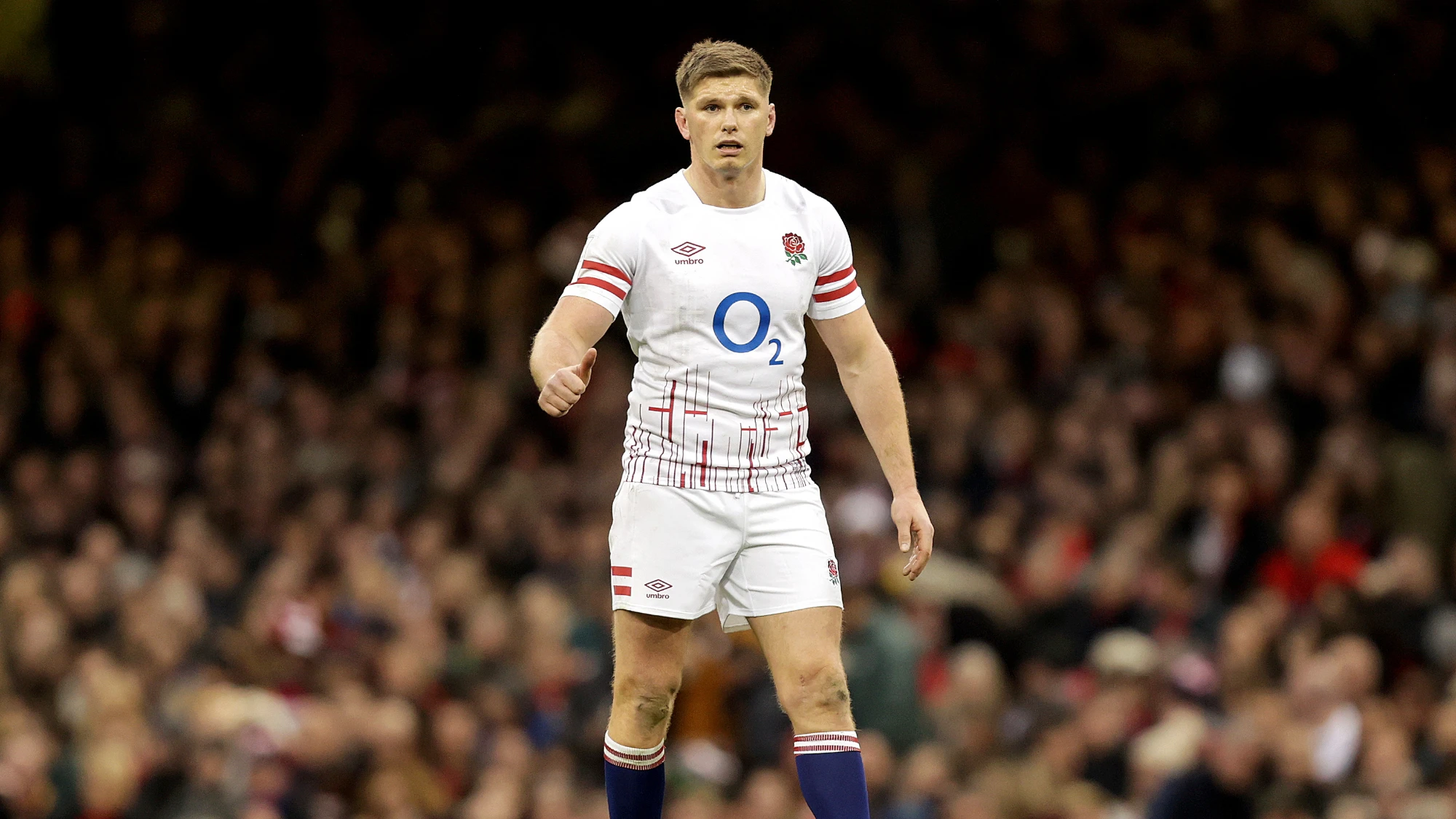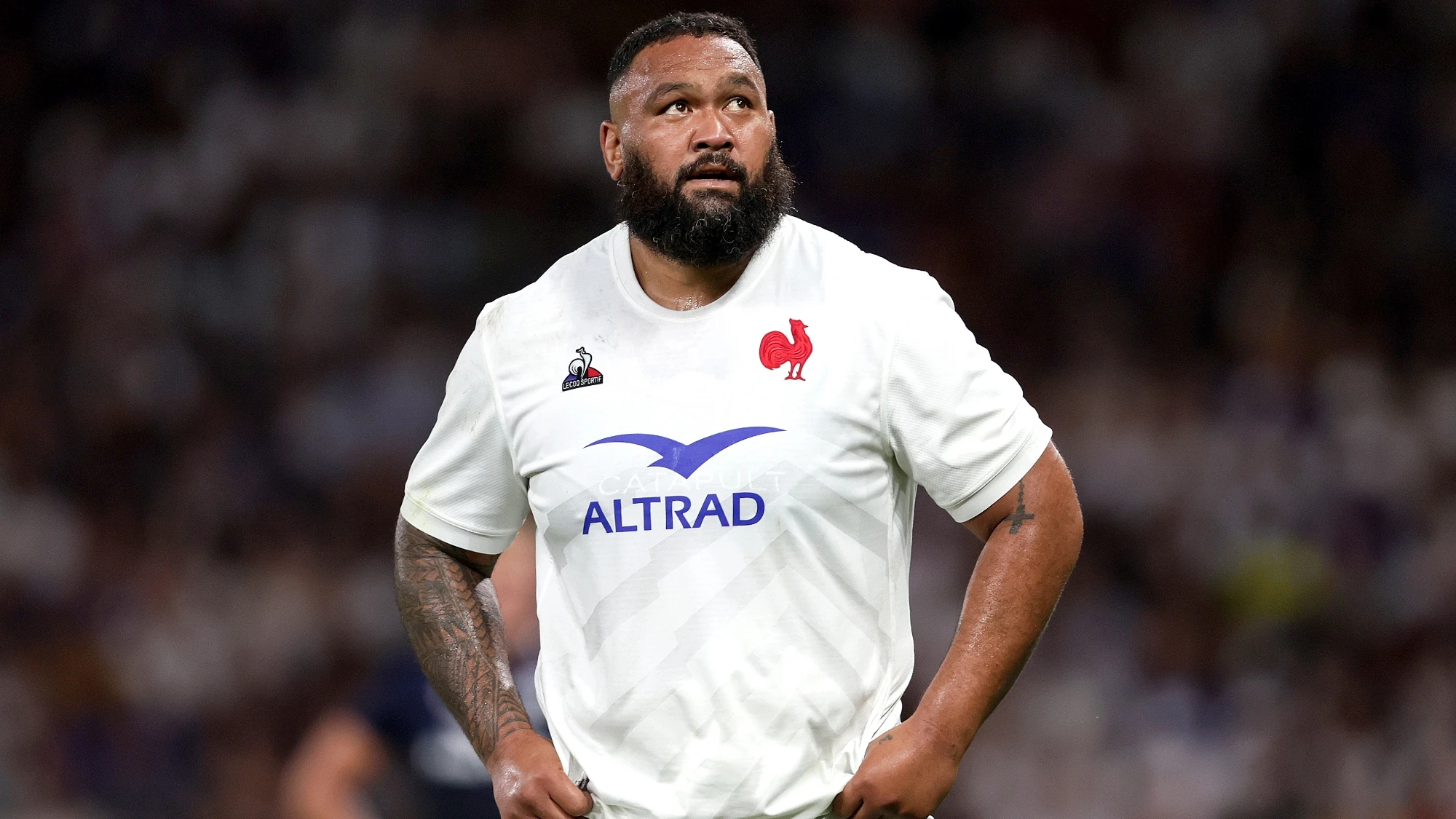The phony war began last week, as two former Randwick teammates began to trade barbs ahead of the latest instalment of an age-old rivalry.
But while Eddie Jones and Michael Cheika might be able to whip up a storm in a press conference, it will be no match for the fireworks on Saturday afternoon in Oita when battle commences for real.
And for all the head coaches’ similar personality traits, the contrast between their approaches to the game itself is stark.
Cheika is a purist, where Jones is a pragmatist, Australia are battle hardened while England have had a two-week Typhoon-enforced rest.
There is so much to ponder before picking a winner out of Saturday’s classic encounter.
Statistics do not tell you everything, but it is certainly instructive to learn that no side made more carries than Australia in the pool stages and no side kicked more per game than England.
The twin axis of George Ford and Owen Farrell have opened up kicking angles for each other in impressive fashion as the Red Rose look to play the majority of their rugby in the opposition’s half, and this weekend Farrell and Henry Slade will look to do the same.
Australia by contrast do not have a settled playmaker pairing but regardless of the personnel picked, they share a common DNA and are happy to run the ball from anywhere.
In a backline packed full of ball players they are never shy to give it a crack.
Under the roof in Oita on Saturday therefore, we look set for an intriguing battle.
How Australia’s back field can contend with England’s barrage will be pivotal, while England’s kick chase will have to be on point to snuff out any Wallaby counter-attack.
It is worth adding that England do not just put boot to ball to clear their lines, we have seen all tournament that attacking kicks can also yield serious dividends and England have been no different.
And for all Marika Koroibete’s brilliance on offence, his work under the high ball remains a weakness.
Hadleigh Parkes climbed above him for Wales’ opener in their pool clash, so keep an eye out for Anthony Watson’s battle in the sky on Saturday night.
Samu Kerevi and Manu Tuilagi have been two of the most destructive ball carriers in this World Cup.
The duo are on a collision course this weekend after Tuilagi was switched to inside centre by Jones, and Oita can expect the earth to move any time they are in close proximity.
Kerevi is the chief outlet for the Wallaby back line, the man they look to generate quick ball and get them on the front foot.
Jones has clearly taken note, with Farrell’s physicality alongside Tuilagi a clear plan to halt him while the smaller Ford has to settle for a bench spot.
Wales’ Grand Slam-winning defence struggled to contain Kerevi last month and the defensive work of Farrell and Tuilagi now at No.12, ably supported by tackle machine Sam Underhill on the openside will be vital.
Shackle Kerevi and the Wallabies are left with a lot of gifted and versatile footballers – the likes of James O’Connor, Matt Toomua, Reece Hodge and Christian Lealiifano can all interchange and flourish regardless of the number on their back – but not a lot of punch.
Turn the tables however, and while Tuilagi’s two tries against Tonga feel like an age ago they did get England off to a flyer and are indicative of his importance.
The Leicester centre is back to the sort of form that made him a world beater back in 2011-12, and scores tries for fun.
Five tries this year are proof enough of that. And that is in stark contrast to the weirdly wasteful Wallabies – particularly last month against Wales.
For all of Kerevi’s class, the Queensland Red often lacks an end product. He has only six tries in his Test career and only one in the last two calendar years.
Everywhere you look in the pack there are potential game-defining match-ups.
In the front row, the Wallaby scrum has been in rude health, punishing both Georgia and Wales while England have been similarly destructive although against inferior and undermanned opponents.
Maro Itoje is in monstrous form in the loose in the second row but Rory Arnold and Izack Rodda have run a brilliant Australian lineout all tournament.
At No.8, the ever-present Billy Vunipola will be key, every English finger will be crossed that the Saracen is back fit and firing after his twisted ankle.
But it is the battle of the flankers that makes for the most intriguing viewing. And once again it is a story of contrast rather than similarity.
David Pocock and Michael Hooper have a combined 180 Test caps, Underhill and Tom Curry only 28.
At a combined age of only 44, the Red Rose duo are still very fresh-faced at this level.
But they have been thrown into the deep end before, and swum every time.
Each back-rower will play to their strengths, and that is where it gets really interesting.
Hooper is the best carrier of the four, a tireless ball of energy who marches Australia forward at any opportunity but is prone to turn possession over from time to time, largely due to his workload.
Underhill and Curry by contrast are the top tacklers, the men charged with stopping the Wallabies behind the gainline and allowing England to swarm and slow ball.
Meanwhile Pocock is the jackal gem, an experienced operator whose menacing breakdown work has been one of the hallmarks of both of the last two World Cups.
He appears to be rounding into form once again this time and will need to be contained.
Curry and Underhill are no breakdown slouches themselves, but with Itoje for company can afford to let their tackling do most of the talking.
They say that styles make fights and these differing skillsets, and the way they match-up on Saturday will be absolutely pivotal.
As if that wasn’t enough, there is of course plenty of history between these two sides.
Historically, these old rivals have played out some huge clashes on the biggest stage of all.
Two World Cup finals, Australia victorious in 1991 and England gaining revenge in 2003, spring to mind.
But then more recently there is that 2007 quarter-final when an under-performing England shocked the Wallabies in Marseille and then the 2015 pool stages when Bernard Foley’s masterclass sent the hosts crashing out of their own tournament inside a fortnight.
Since Jones took over however, it has been one-way traffic. England have faced Cheika’s Australia six times, and all six times emerged victorious.
A 3-0 Wallaby whitewash Down Under in 2016 was the high point before back to back wins over the last two autumns.
History is on England’s side, and they rightly start as favourites. But both of those recent November wins were much closer games than the final scoreline suggests.
England have had most of the luck before pulling away late, and we know that Australia are World Cup warriors.
They peak every four years for the big show, and despite some smoke in the pool stages, are clearly yet to catch fire.
England need to beware an Aussie avalanche on Saturday.
But with a Jones at the helm, Scott Wisemantel in the back room and Ricky Stuart in camp this week, they know better than anyone what is headed their way.



